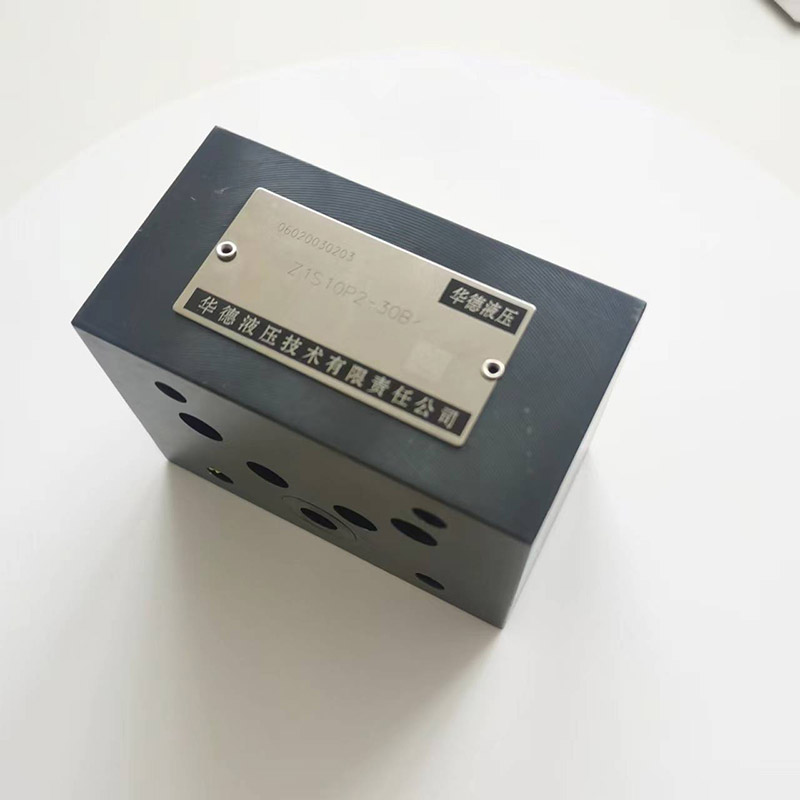Login

Login

Aug. 12, 2025
A hydraulic check valve is a mechanical device used in hydraulic systems to allow fluid to flow in one direction while preventing reverse flow. Also known as a non-return valve, it ensures system efficiency, prevents damage from backflow, and helps maintain pressure in critical applications. These valves are commonly used in machinery, construction equipment, and industrial hydraulic circuits.
The operation is straightforward:
Forward Flow: When fluid flows in the correct direction, pressure lifts the valve element (such as a poppet, ball, or disc) off its seat, allowing fluid to pass through.
Reverse Flow: If fluid attempts to flow backward, the pressure pushes the valve element back onto its seat, sealing the passage and preventing reverse movement.
This simple yet effective mechanism protects pumps, actuators, and other components from pressure surges and damage.

Uses a spring-loaded ball to block reverse flow. Compact and reliable for many hydraulic systems.
Features a poppet-shaped element that offers tight sealing under high-pressure conditions.
Allows reverse flow when a pilot pressure signal is applied, ideal for applications requiring controlled backflow.
Installed directly in the fluid line for straightforward integration into existing systems.
Hydraulic check valves are widely used in:
Hydraulic cylinders – To maintain load position and prevent drifting.
Pumps and motors – To stop reverse rotation and protect components.
Hydraulic lifts and presses – To ensure safe holding of loads.
Mobile equipment – Such as excavators, loaders, and cranes.
Industrial machinery – For pressure retention and flow control.
Most hydraulic check valves are designed to handle high-pressure environments, with ratings typically ranging from 3,000 psi (207 bar) to over 10,000 psi (690 bar), depending on the design and material. Choosing the right pressure rating is critical to avoid leaks, damage, or failure in demanding applications.
To keep a hydraulic check valve functioning efficiently:
Inspect regularly for wear, corrosion, or debris buildup.
Clean components to prevent blockages.
Replace seals if leakage is detected.
Lubricate moving parts as recommended by the manufacturer.
Test valve operation during scheduled maintenance to ensure reliability.
139 0 0
Join Us

Comments
All Comments ( 0 )